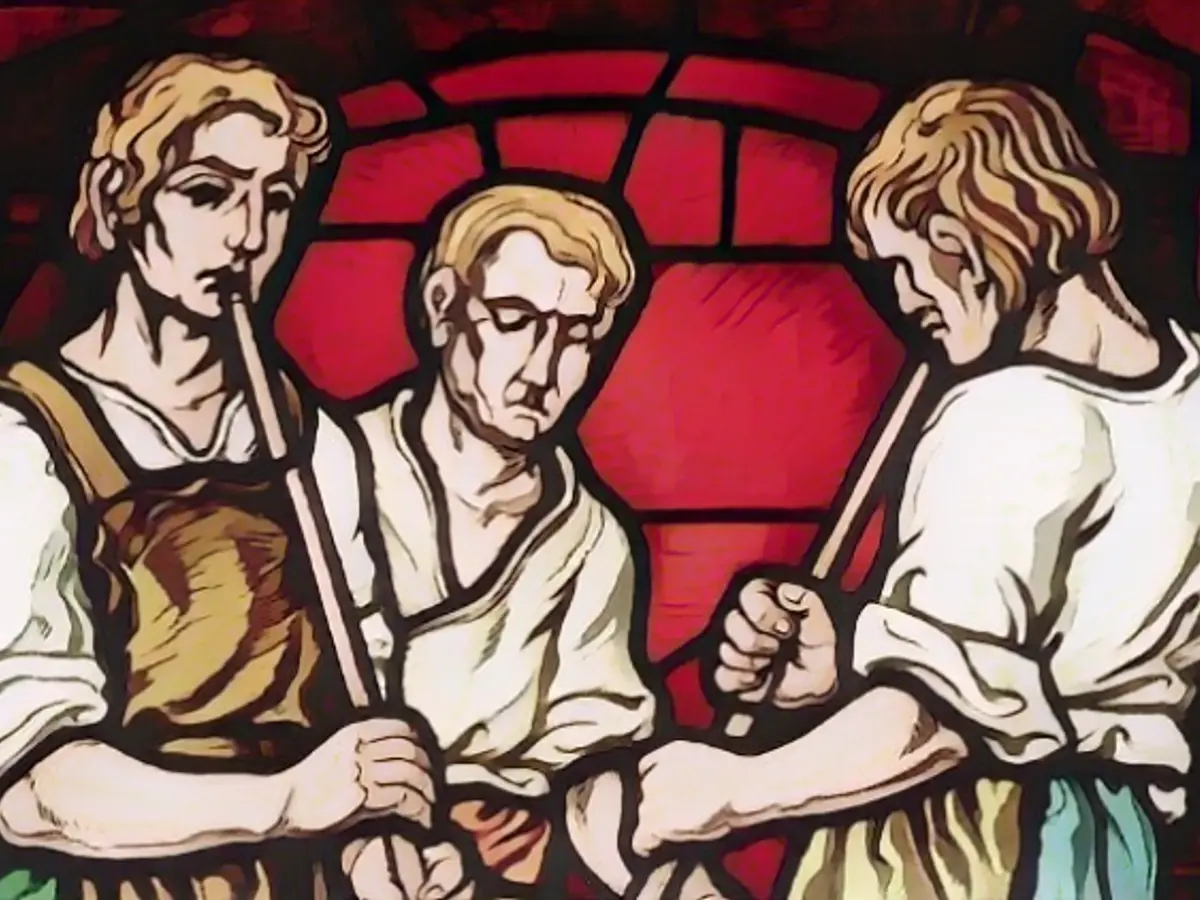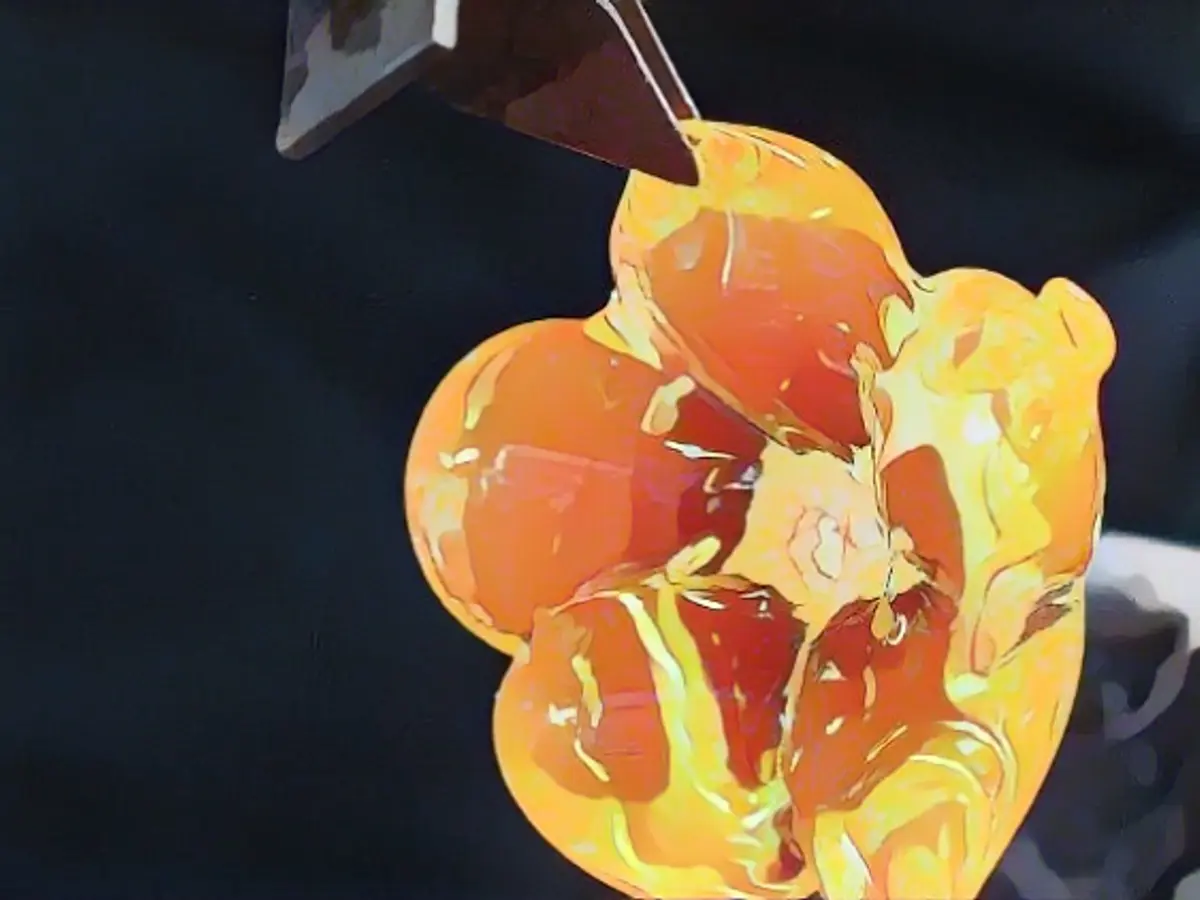Manual glass production is now a world heritage site
The first glassworks were established in Europe as early as pre-Christian times. However, producing vases without machines is a dying skill. UNESCO has now declared the craft an intangible cultural heritage.
Manual glassmaking has been declared an intangible cultural heritage of humanity by UNESCO. "Patience, creativity and teamwork characterize manual glass production," said Christoph Wulf, Vice President of the German UNESCO Commission. It is a craft of "impressive creative power".

The traditional craft was nominated for inclusion in the UNESCO list by Finland, France, Spain, the Czech Republic and Hungary together with Germany. Glass is melted at temperatures of well over 1000 degrees Celsius and can only be shaped for a short time. To produce hollow glass, the craftsmen and women blow a small ball of hot, viscous glass using a pipe and shape it into the desired form by turning, panning and working it with traditional tools.
For the production of flat glass, the hot raw material is stretched into a roll and processed further. The first glassworks in Germany, France and Spain were established in pre-Christian times. The complex knowledge of manual glass production is now only preserved and passed on by a few people. The UNESCO Intangible Cultural Heritage Committee is meeting in Kasane, Botswana, Africa, until December 9.
Read also:
- Snow chaos further restricts Bavaria
- Unanimous decision: faster wolf culls possible
- The year of climate records: extreme is the new normal
- Snow and ice paralyze southern Germany
The recognition of manual glassmaking as an intangible cultural heritage by UNESCO is a significant step towards preserving this international art form. Countries like Finland, France, Spain, the Czech Republic, Hungary, and Germany have collectively nominated this ancient craft to be included in the World cultural heritage category.
Source: www.ntv.de






